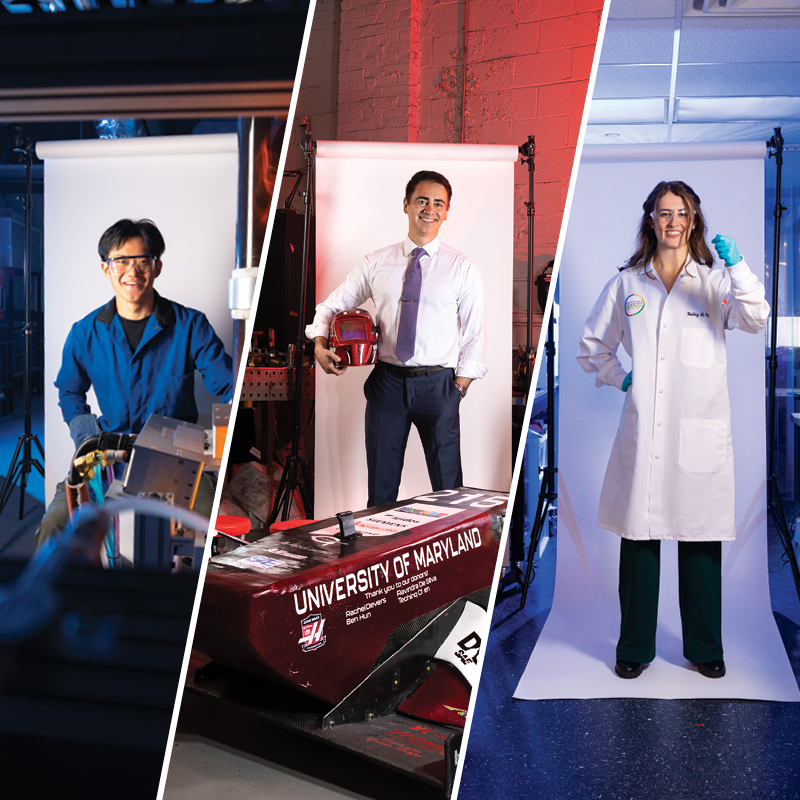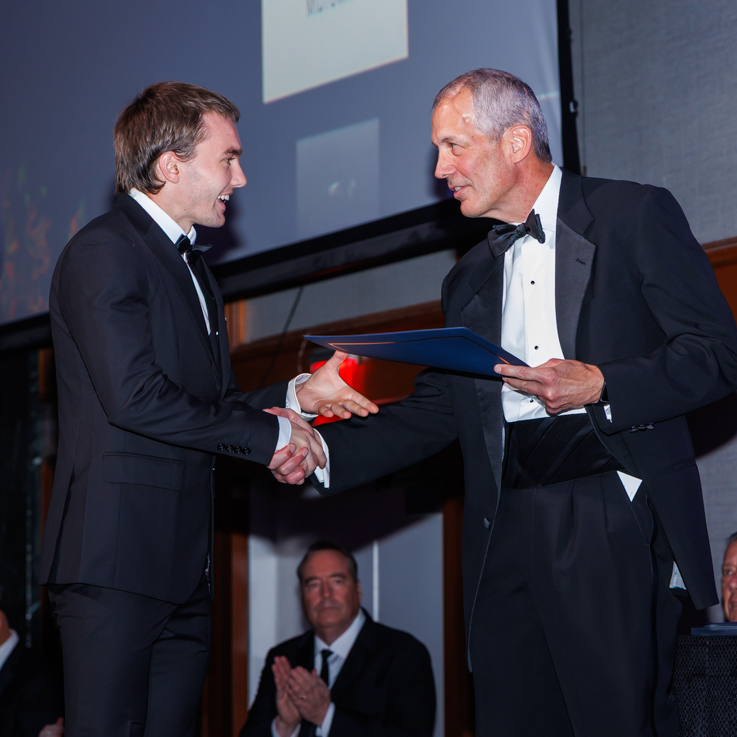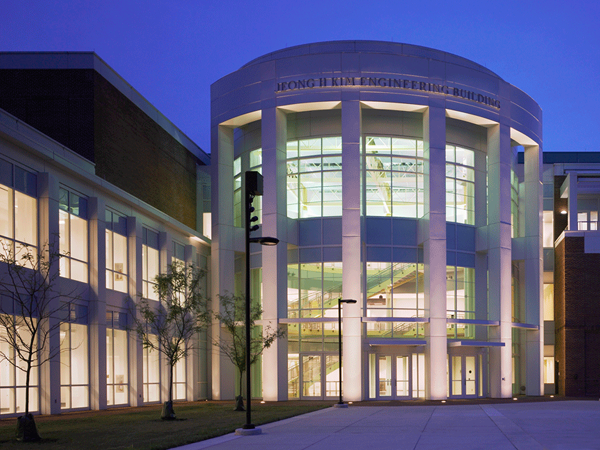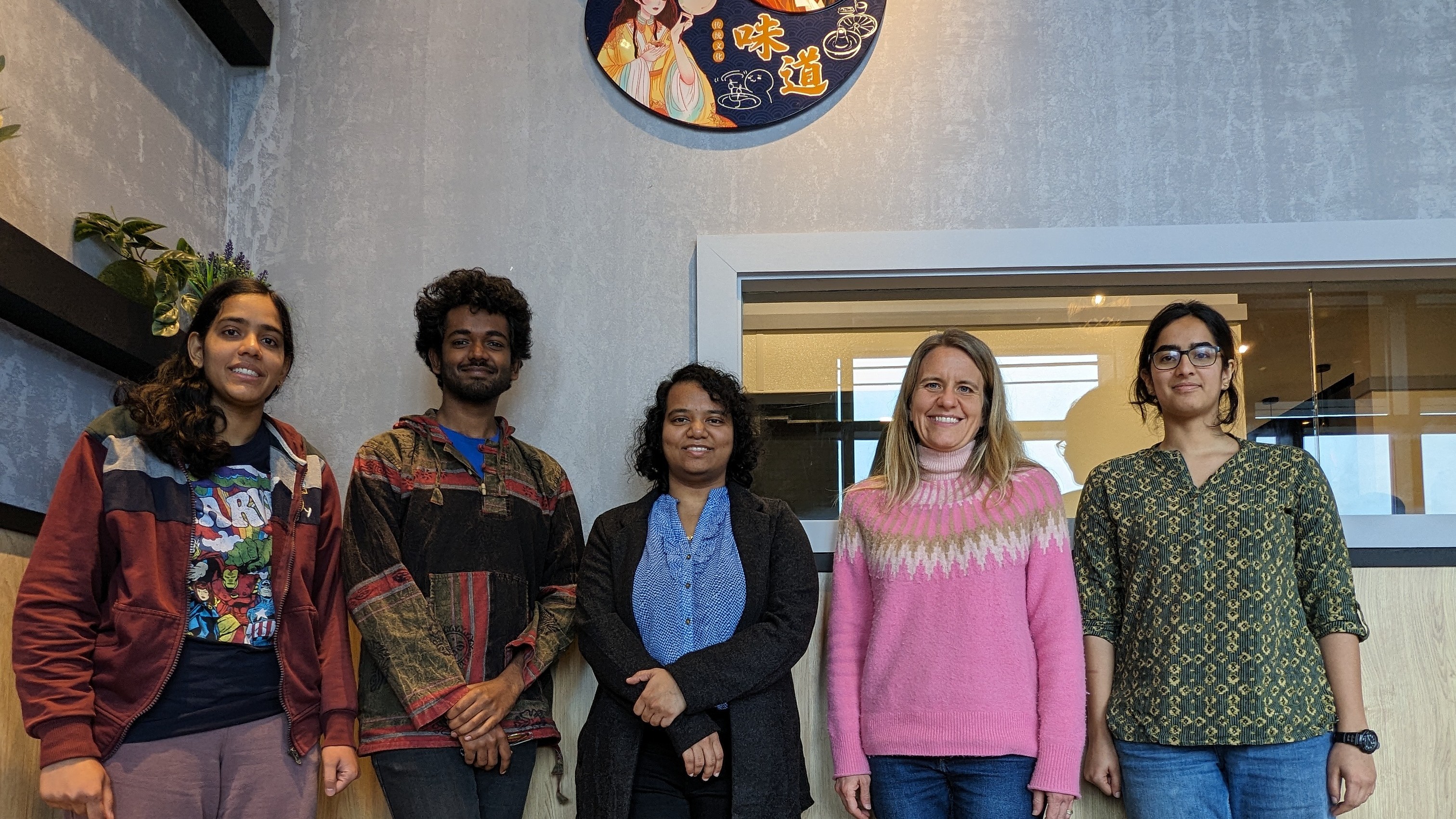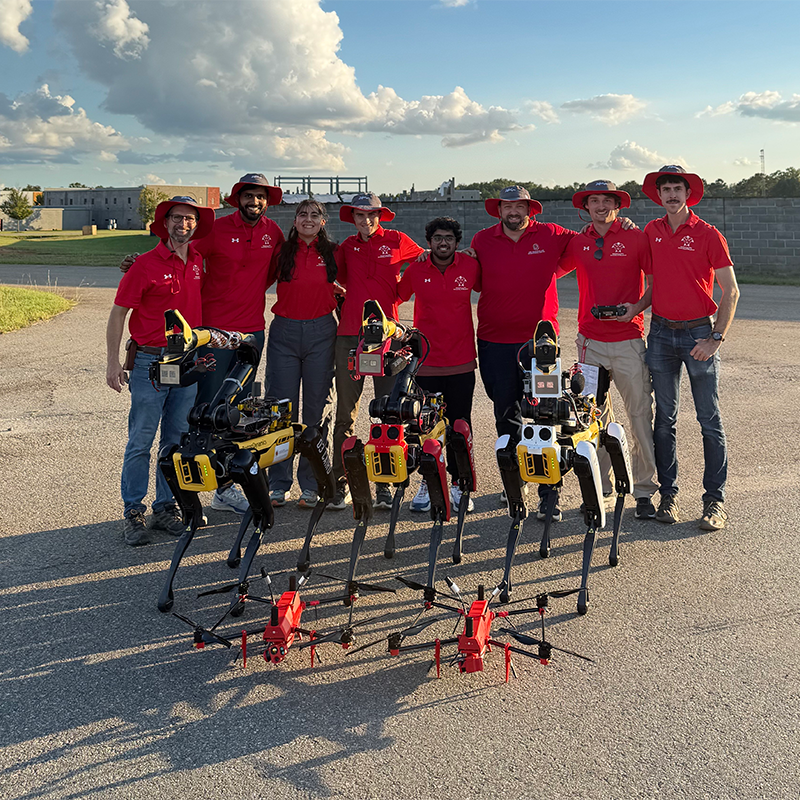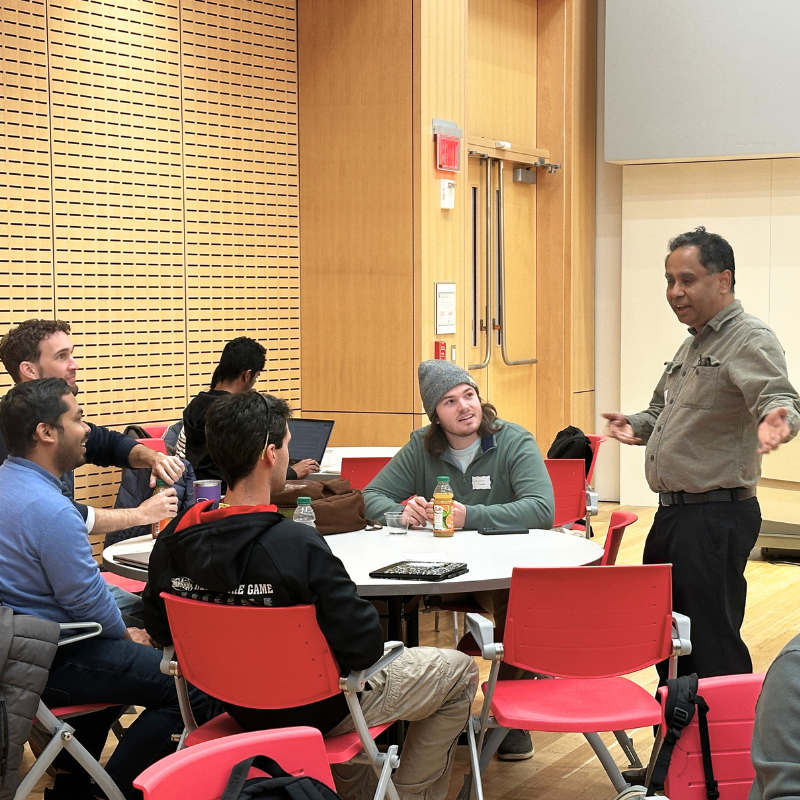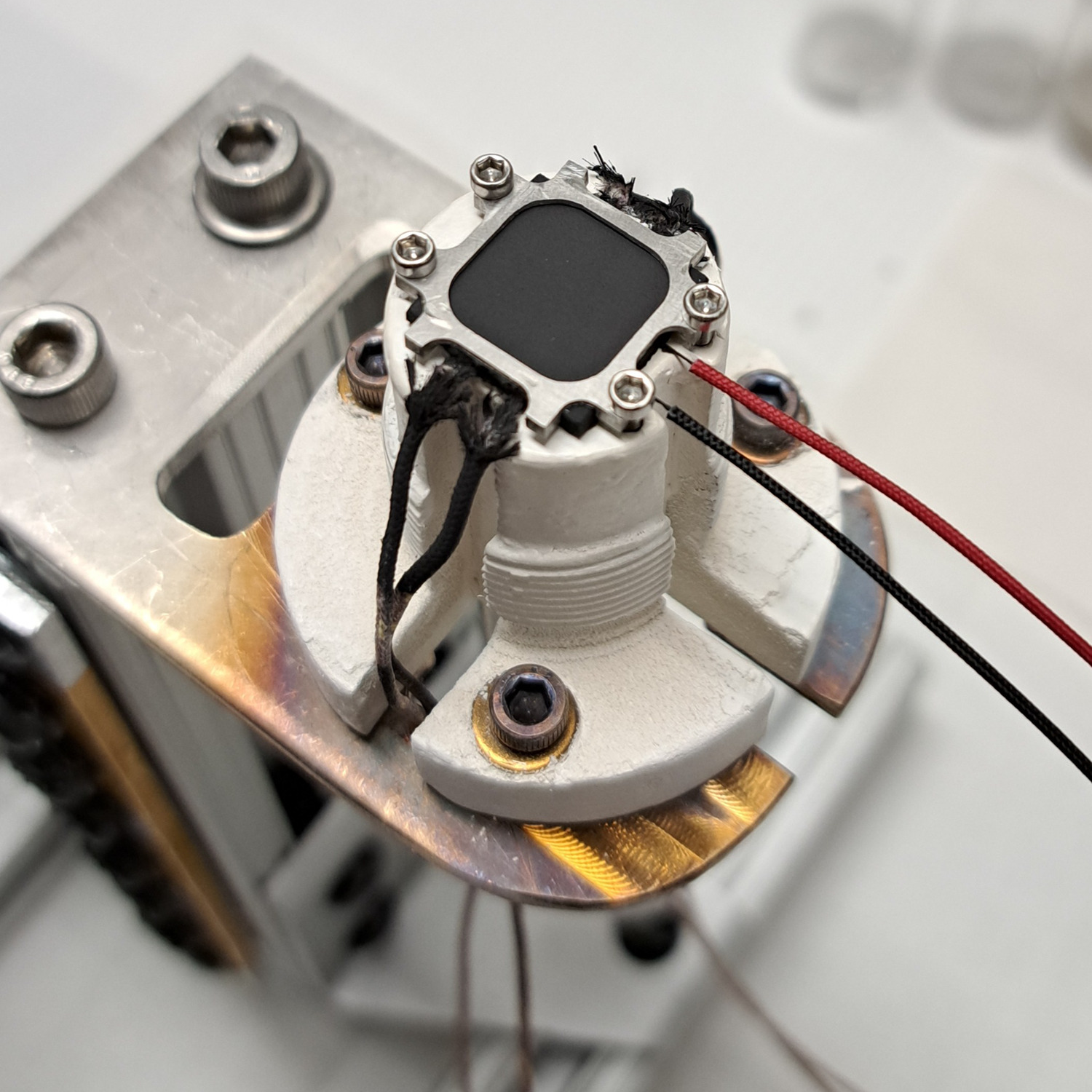Scientists Develop AI-Based Software to Enhance Wildfire Forecasting
August 11, 2025Researchers studying artificial intelligence algorithms are developing tools to assist first responders with high-resolution images and accurate fire spread software—enhancing the functionality of operational wildfire forecast models.
Ali Tohidi, an assistant professor in the Department of Fire Protection Engineering, is studying AI algorithms that could assist stakeholders and decision makers by providing them with more reliable wildfire progression forecasts. He presented two of his developing models at the 2025 AI in Fire Engineering Summit at the University of California, Berkeley, and the 2025 Engineering Mechanics Institute (EMI) Conference, in Anaheim, California.
One of the platforms that he’s developing could aid researchers by curating a dataset of high-resolution observational data. The software utilizes data engineering techniques combined with computer vision algorithms to create a clearer view of the fire progression and help interpret and segment the active fire area in the region of interest. It works by displaying a dashboard of images masked by AI algorithms to a human expert who in turn ensures that the correct active fire area is identified.
“The raw aerial images alone don’t show the complete and continuous picture required for studying fire behavior at flame scale, because they are taken by an airplane, which passes in one snapshot from the fire, and then may come back at some variable interval in time,” said Tohidi.
The capability to observe detailed images was accomplished by using geospatial data engineering methods to convert the scattered progressions to a clear and fixed view of fire spread at any region of interest that is observed by the plane.
Additionally, Tohidi is developing a model that leverages simulations of operational forecast models to reduce their uncertainties. This tool uses neural network architectures, which process geospatial and weather information data layers, to provide less uncertain predictions of the fire spread at landscape scales. It provides two modes of forecasts: first, it extracts data from the past 72 hours to predict how the fire will expand in the next six hours. Second, it interprets the data from the first forecast cycle to predict how the fire will progress in the next 12 to 72 hours.
The development of these models was partially supported by the Industry Advisory Board members of the Wildfire Interdisciplinary Research Center, part of the National Science Foundation Industry-University Cooperative Research Centers, which aims to provide new wildfire predictive tools and informed strategies to communities and stakeholders.
“In the future, this technology could assist communities with wildfire risk assessment, strategic what-if scenario planning for mitigation and preparedness, and ultimately help us learn how to coexist more safely with wildfires in a changing landscape,” said Tohidi.

